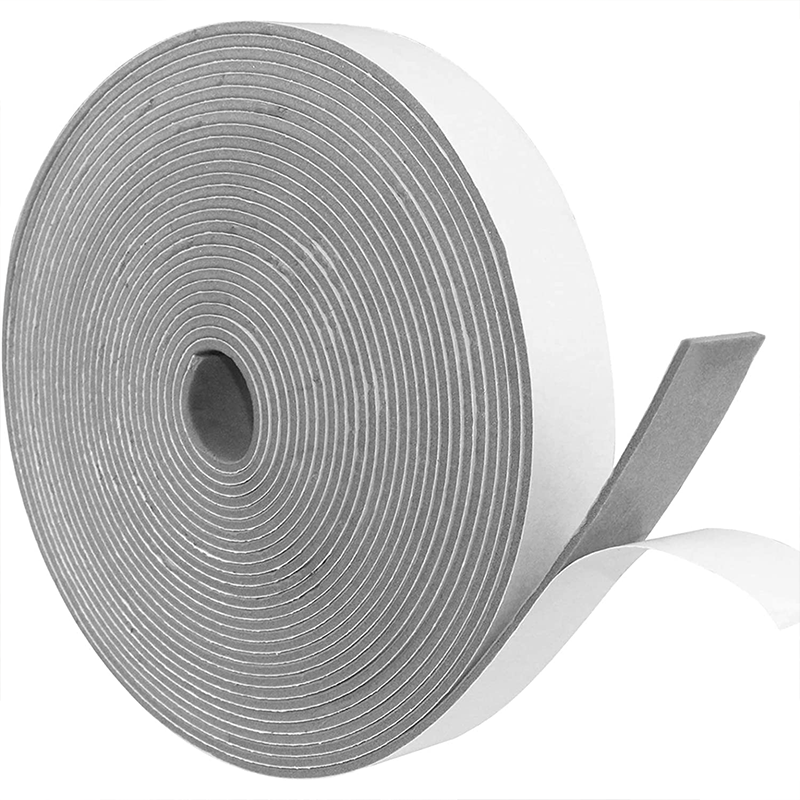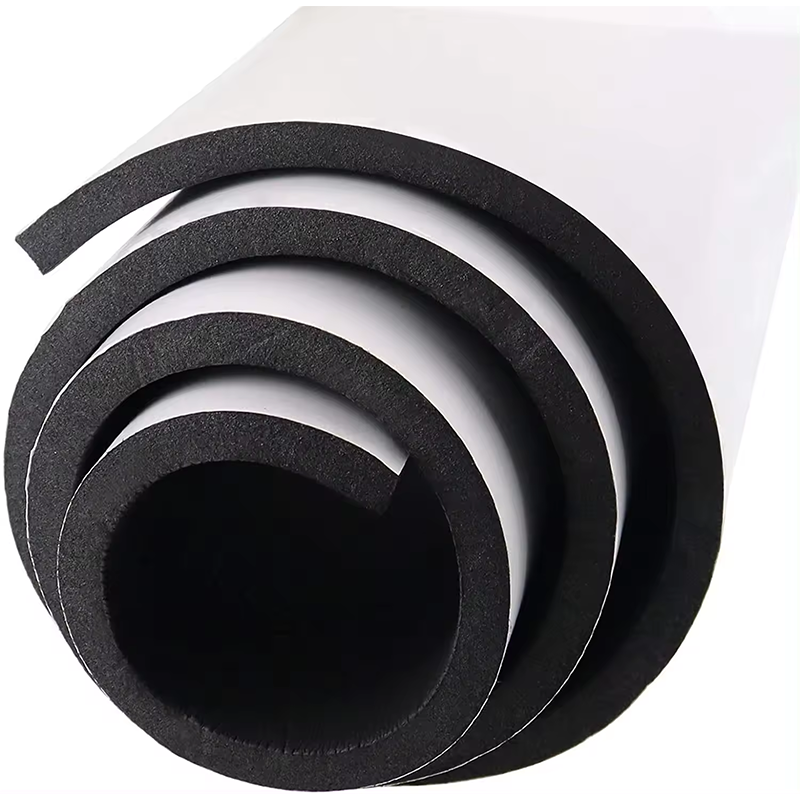Apr 14,2025
The effectiveness of soundproofing really depends on which type of foam gets installed, so knowing the difference between open-cell and closed-cell options matters quite a bit. Open cell foam tends to be softer and full of tiny holes, letting both air and sound pass right through. Most people use this stuff when they want to absorb sounds instead of blocking them completely. When placed properly, these foams soak up those annoying echoes and reverberations inside rooms. That's why many recording studios and home theater setups rely heavily on open cell materials for better audio quality. Closed cell foam works differently though. It's much denser material that doesn't let water penetrate, making it great for damp areas too. Instead of absorbing sound, this kind reflects sound pressure back at its source, effectively cutting down on how much noise travels through walls or ceilings. Industrial facilities often install closed cell foam wherever loud machinery operates nearby because workers need protection from constant exposure to high decibel levels. Research into acoustic treatments shows pretty clearly that open cell variants work best at reducing unwanted reflections in real world situations according to several industry tests conducted over recent years.
How dense acoustic foam is makes all the difference when it comes to blocking out unwanted sounds. Thicker, denser foams usually work better at absorbing noise because they dampen vibrations more effectively. Most sound engineers recommend going with higher density options when setting up recording studios or building home theaters where serious sound control matters. But there's always something to consider about weight versus performance. The stuff gets pretty heavy as density increases, making installation tricky especially when mounting on walls or hanging from ceilings. Finding the sweet spot between good soundproofing and something that's actually manageable during setup remains key. And let's face it, denser materials cost more money upfront, though many find them worth every penny because of those significantly better acoustic results. Knowing this helps people make smarter choices when picking out what works best for their particular space and budget.
Cell size matters a lot when it comes to soundproofing materials like acoustic foam, rubber, and silicone sheets. Acoustic foam usually has those tiny open cells that trap air, which helps absorb sound waves. Standard stuff like rubber and silicone tends to have tighter, closed cell structures that actually stop sound from passing through instead. Fire resistance isn't something we talk about enough but it's super important too. These materials need to pass certain fire tests according to building codes and safety standards. Look at UL 94 ratings or ASTM E84 test results if checking specs. When looking at material options side by side, the difference in cell structure explains why some materials excel at noise reduction while others focus more on blocking sound completely. It also affects whether they'll hold up under fire conditions as required by most commercial applications.
Looking at how acoustic foam stacks up against rubber and silicone sheets reveals pretty clear differences when it comes to absorbing and blocking sound. Foam tends to be really good at soaking up noise, often outperforming other materials on the absorption scale. Rubber sheets, being much denser, work better for stopping high frequency noises but aren't as effective overall. Silicone offers decent soundproofing while holding up well over time, making it a solid middle ground option. Most sound experts will point people toward acoustic foam when dealing with echo problems in places like music studios or home theaters, something backed by plenty of real world testing. That said, rubber and silicone still have their place, especially in factories or workshops where equipment takes a beating and keeping noise contained matters most. Knowing which material works best for different situations makes all the difference when trying to solve sound issues properly.
Foam sealing strips do double duty when it comes to insulation against both heat and noise. They work great across many different situations, which is why they show up so often in homes as well as businesses. What makes these strips special? Well, they come from materials such as rubber foam that gives them some pretty good shock absorption qualities plus resistance to vibrations and decent heat blocking too. When looking at what people need, there are plenty of ways to customize these things. Want something thicker? Different colors? No problem. Take those apartment buildings downtown for instance. After putting in specially made foam seals around their windows and doors, residents noticed a big drop in outside noise getting through. The best part? Their apartments stayed warm during winter months without any issues. Just remember though, if these seals aren't installed right or neglected over time, their performance will decline. A quick check every now and then goes a long way toward maintaining that comfort level everyone wants.

Foam sealing strips work really well at closing those annoying gaps around doors and windows. People use them all over the place actually - from heating systems in buildings to cars and construction sites too. What makes these strips so good? Well they absorb shocks pretty well, can handle vibrations without breaking down, and won't get eaten away by chemicals either. Some research compared these modern strips against old school methods and found that foam versions cut down noise way better than what came before. Homeowners who installed them report hearing a big difference in how quiet their spaces feel now. If someone needs something that blocks out sound effectively, foam sealing strips should definitely be on the shortlist when looking for sealing options.

Foam door seal strips make a big difference in cars when it comes to cutting down on noise and vibrations, which means passengers get a much better experience overall. The strips basically go into all those little spaces around doors and windows where sounds tend to sneak in, keeping out most of the annoying highway and engine noises that drivers hate so much. Look at luxury brands like BMW or Lexus they use special foam materials in their vehicles because they know customers want quiet rides. And not just about noise either these foams also help soak up vibrations from the road, making the whole driving experience smoother and safer for everyone inside. Car manufacturers measure how well these foams work by checking decibel levels while the vehicle is running, and meeting certain noise reduction targets has become pretty standard across the industry nowadays.